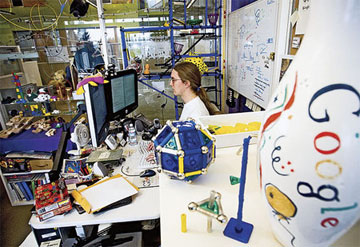The creative class isn’t just artists!

Because of the name, creative class, many perceive it to consist of those only in the arts, music, design and entertainment. Not true at all. Here’s the official definition from the author that started it all with Rise of the Creative Class, Richard Florida: “I define the core of the Creative Class to include people in science and engineering, architecture and design, education, arts, music and entertainment, whose economic function is to create new ideas, new technology and/or new creative content.”
As far as job creation, there are two main levels of the creative class:
Serving primarily local markets
– Arts, design, entertainment, sports, and media occupations
– Architecture and engineering occupations
– Education, training and library occupations (ie universities)
Serving primarily national and international markets
– Computer and mathematical occupations (ie software engineers)
– Life, physical and social science occupations (ie scientists)
Of course, arts and culture can become a national industry, but generally not every city is a New York or Sidney. It is important to realize that while job creation is spurred by the growth of creative class industries serving national and international markets, a city won’t attract the entrepreneurs and talent behind those companies unless they first establish a local creative market – renowned universities, local arts and music scene and good design prevalent throughout the urban fabric.

I would include professionals in development positions also…I don’t think it matters much the industry. These people innovate as a part of their job description.